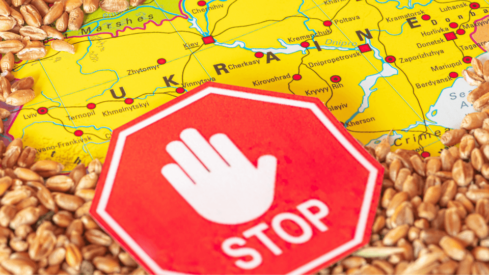The uncertain future of the Black Sea grain deal: how it affects the pet food industry

An initiative to establish safe grain exports from Ukraine should be renewed next week, but Moscow threatens to block it. Pet food manufacturers are already looking for alternatives, usually more expensive, to get this critical raw material if the situation worsens.
When the Ukrainian invasion began in February, Moscow imposed a blockade on the Black Sea ports, which halted all agricultural exports.
The United Nations and Turkey put an…
Did you think it would be this easy? Nope! Just register. It’s free! Lorem ipsum dolor sit amet, consectetur adipiscing elit. Ut cursus turpis vel cursus ullamcorper. Sed ante mi, finibus eget porttitor a, tincidunt ac dolor. Vivamus ornare semper lorem, consequat commodo lectus elementum vitae. Cras id mattis urna. Donec rutrum dignissim lacinia. Duis ultricies sapien at ipsum tincidunt.
Sed in iaculis elit, sit amet convallis felis. Pellentesque non justo lectus. Donec sollicitudin lorem in sapien euismod varius at vitae mi. Maecenas ut elit ac risus consectetur vulputate. Praesent vel orci ante. Curabitur egestas dapibus nisi ac laoreet. Nullam a lacinia libero, non fringilla nisl.
You’re out of free articles,
register for unlimited access
